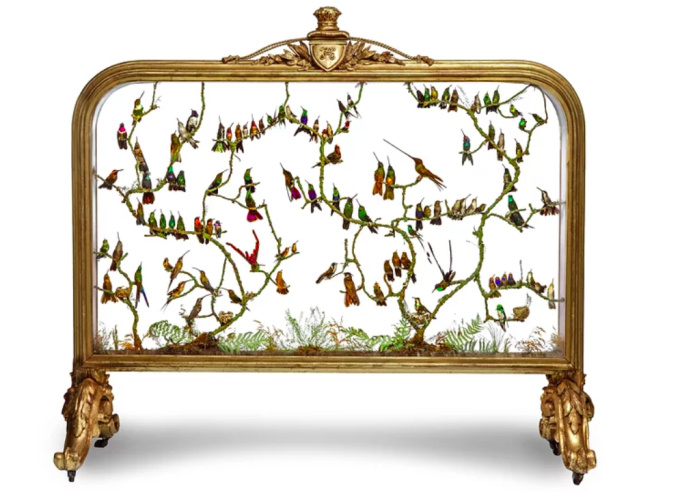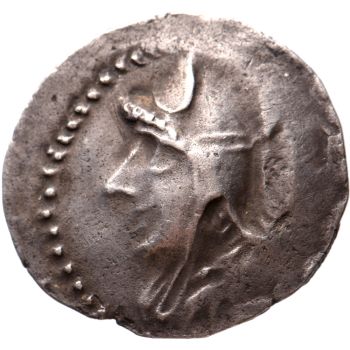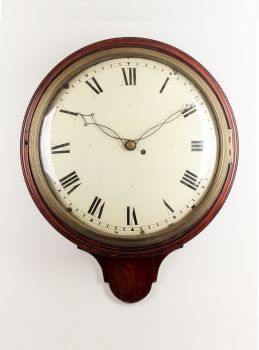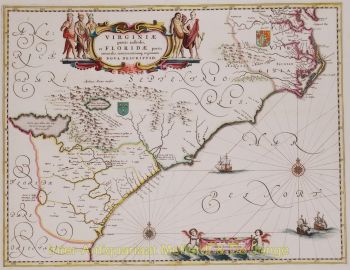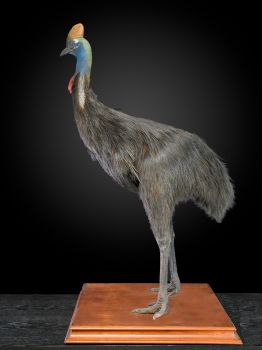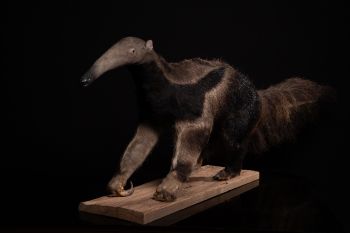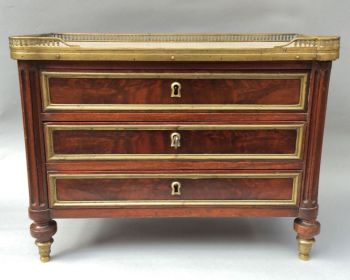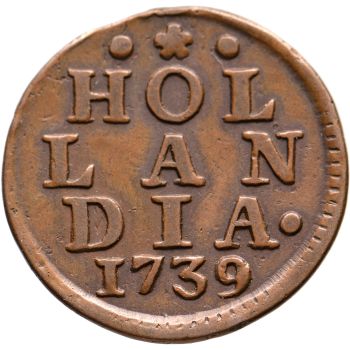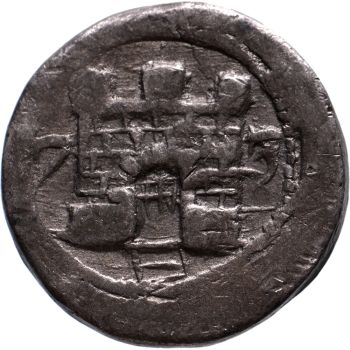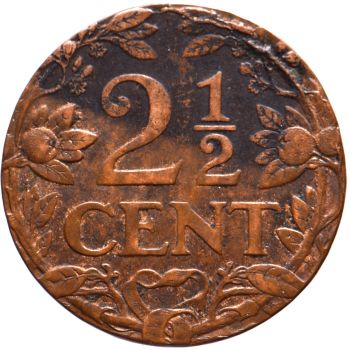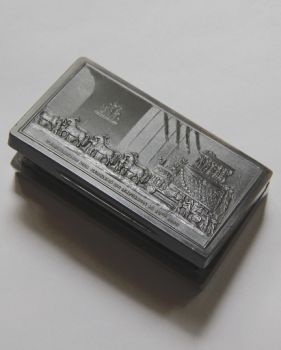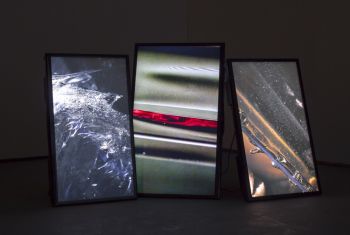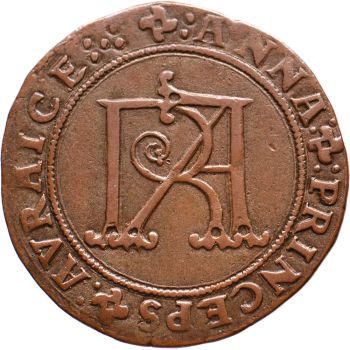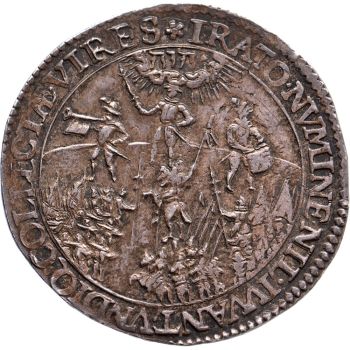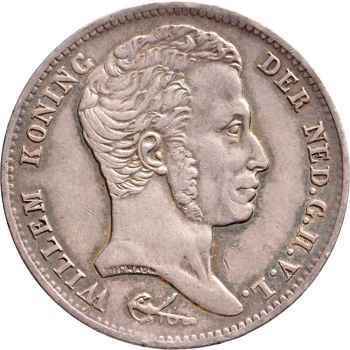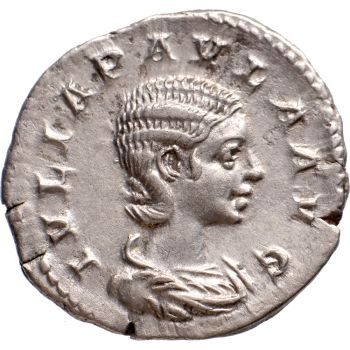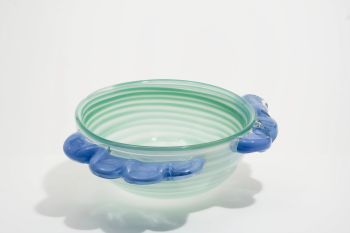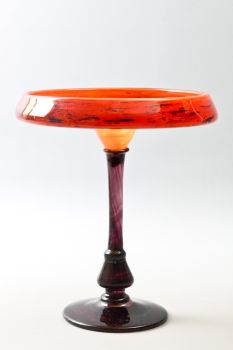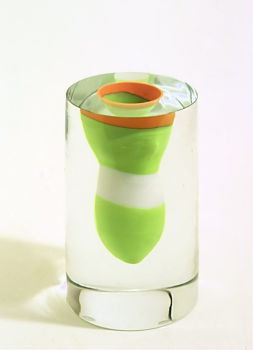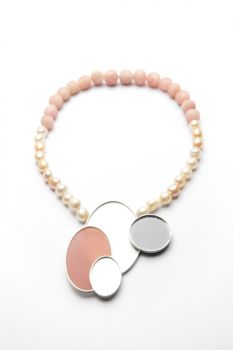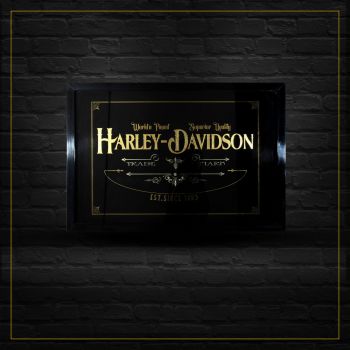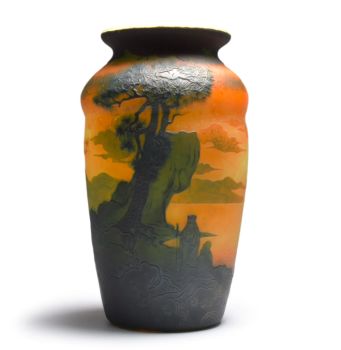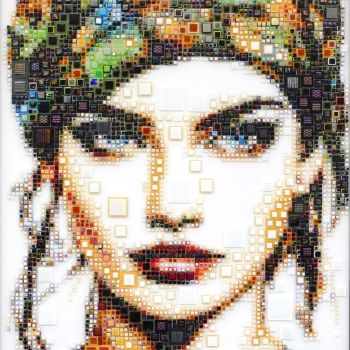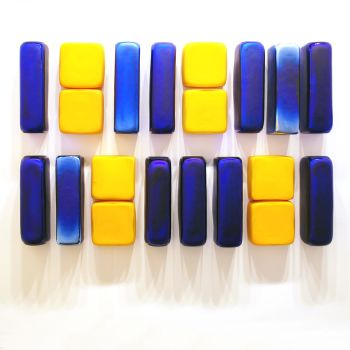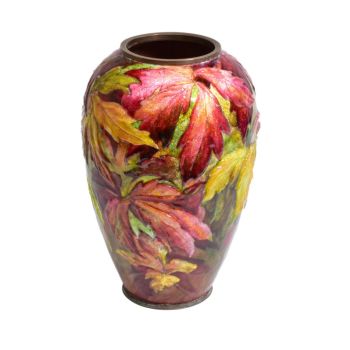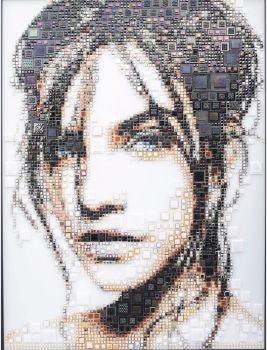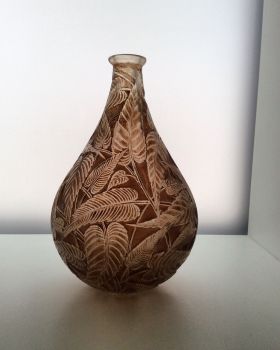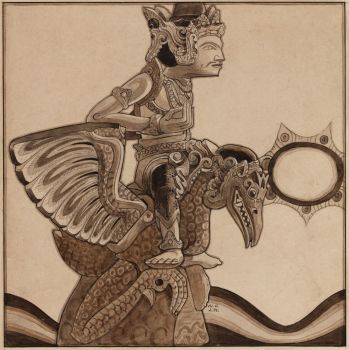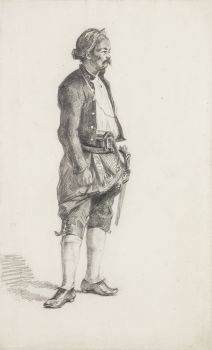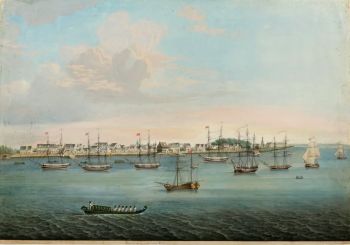AN EXCEPTIONAL AND EXTREMELY RARE VICTORIAN GILT-WOOD FIRE SCREEN WITH TAXIDERMY HUMMINGBIRDS 1875
Onbekende Kunstenaar
Glas
130 ⨯ 140 cm
Prijs op aanvraag
Zebregs & Röell - Fine Art - Antiques
- Over kunstwerkAN EXCEPTIONAL AND EXTREMELY RARE VICTORIAN GILT-WOOD FIRE SCREEN WITH TAXIDERMY HUMMINGBIRDS BY AND LABELLED FOR HENRY WARD (1812-1878)
England, third quarter 19th century
On two scrolling foliate feet with casters, above which a rectangular two-side glazed frame, with on top a two-sided shield with initials crowned by a royal coronet on a pillow, the vividly colored hummingbirds, amongst which Anna’s hummingbird (Calypte anna), Lucifer hummingbird (Calothorax lucifer), Ruby-throated hummingbirds (Archilochus colubris), Bumble-bee hummingbirds (Atthis heloisa), Sword-billed hummingbird (Ensifera ensifera), Little hermits (Phaethornis longuemareus), Woodnymphs (Thalurania), the Marvellous spatuletail (Loddigesia mirabilis) and many others, perched, highly naturalistic, on branches with nests sprouting from the foliate bottom.
H. 130 x W. 140 cm
Provenance:
Noble collection, United Kingdom
Note:
This fire screen, that was placed in front of the fireplace when the fire was out, can be regarded as one of the most important pieces of Victorian taxidermy, and quite probably one of the pinnacles of Henry Ward’s oeuvre, still in private hands today. What makes it even more special is the iridescence of feathers of the ‘gems of the jungle’ still present, which means this screen has been preserved well, for colours of feathers often fade in daylight.
Henry Ward is the founding father of the Ward lineage, that started the privately-owned taxidermy hype in Victorian England. As a young man, Henry Ward (1812-78) was employed as a taxidermist by the legendary American naturalist and bird painter John Audubon, whom he accompanied on several of his expeditions. They probably met whilst the latter was visiting England in 1931 and returned to America together. How long Ward remained in America is not known, but he is listed in trade directories as a taxidermist at his London address (2, Vere Street) from 1857 until his death in 1878. His most common trade label is very small and is situated inside his cases. The 'late Williams' refers to the fact that Ward worked for T.M.Williams of Oxford Street. He is described on one label as the 'chief artist in taxidermy to the late T. M. Williams'. Ward did not take over Williams' premises. Cases bearing Henry Ward's own label, were probably produced between 1857 and 1878. Rowland Ward tells us that he derived considerable profit from his father's knowledge and experience during the ten years he worked with him. At the time of his death, Henry Ward was still at 2, Vere Street, although by then he also owned 5, Vere Street. - Over kunstenaar
Het kan voorkomen dat een kunstenaar of maker onbekend is.
Voor sommige werken is het niet te bepalen door wie het gemaakt is of dat het is gemaakt door (een groep) ambachtslieden. Voorbeelden zijn beelden uit de Oudheid, meubels, spiegels of handtekeningen die vaak niet duidelijk of leesbaar zijn. Maar ook sommige werken zijn helemaal niet gesigneerd.
Ook kunt u de volgende beschrijving vinden:
•"Toegeschreven aan …." waarschijnlijk een werk van de kunstenaar maar niet zeker of gedeeltelijk
•“Atelier van ….” of werkplaats van” een werk uitgevoerd in het atelier of atelier van de kunstenaar, eventueel onder zijn toezicht
•“Cirkel van ….” een werk uit de periode van de kunstenaar die zijn invloed laat zien, nauw verbonden met de kunstenaar maar niet noodzakelijkerwijs zijn leerling
•“Stijl van ….” of “Volger van ….” een werk uitgevoerd in de stijl van de kunstenaar, maar niet noodzakelijk door een leerling; kan eigentijds of bijna eigentijds zijn
•“Wijze van ….” een werk in de stijl van de kunstenaar maar van latere datum
•"Na …." een kopie (van welke datum dan ook) van een werk van de kunstenaar
•“Getekend…”, “Gedateerd….” of “Ingeschreven” dan is het werk gesigneerd/ gedateerd/ ingeschreven door de kunstenaar. De toevoeging van een vraagteken duidt op een element van twijfel
•"Met handtekening ...", "Met datum ...", "Met opschrift..." of “Draagt signatuur/datum/opschrift” dan is de handtekening/datum/opschrift toegevoegd door iemand anders dan de kunstenaar
Bent u geïnteresseerd om dit kunstwerk te kopen?
Artwork details
Related artworks
Onbekende Kunstenaar
A SMALL IVORY NETSUKE OF A DUTCHMAN WITH A DRUM1750 - 1800
Prijs op aanvraagZebregs & Röell - Fine Art - Antiques
1 - 4 / 12- 1 - 4 / 24
Onbekende Kunstenaar
RARE TAXIDERMY OF AN ADULT SOUTHERN CASSOWARY-CASUARIUS CASUARIUS1990 - 2000
Prijs op aanvraagSpectandum Gallery
Onbekende Kunstenaar
Pair of 19th C French Taxidermy Dioramas1860 - 1890
Prijs op aanvraagSpectandum Gallery
1 - 4 / 24Frères Daum
Daum Nancy – “Paysage Soleil Couchant” vase with two applied handles1900 - 1910
Prijs op aanvraagAntiques Emporium
Rene Rietmeyer
"Venezia and Murano September 2007"2007
Prijs op aanvraagEuropean Cultural Centre Collection
1 - 4 / 24Onbekende Kunstenaar
Twee studieportretten van Mas Marco Kartodikromo1900 - 1950
Prijs op aanvraagZebregs & Röell - Fine Art - Antiques
Theo Meier
Een Balinese vrouw met offergaven1936
Prijs op aanvraagZebregs & Röell - Fine Art - Antiques
Onbekende Kunstenaar
A large Japanese Imari porcelain 'VOC Groningen' dish1800 - 1925
Prijs op aanvraagZebregs & Röell - Fine Art - Antiques
Onbekende Kunstenaar
EEN VERGULD-ZILVER SRI LANKAANSE DOCUMENTEN ROLCONTAINER19th century
Prijs op aanvraagZebregs & Röell - Fine Art - Antiques
1 - 4 / 12

